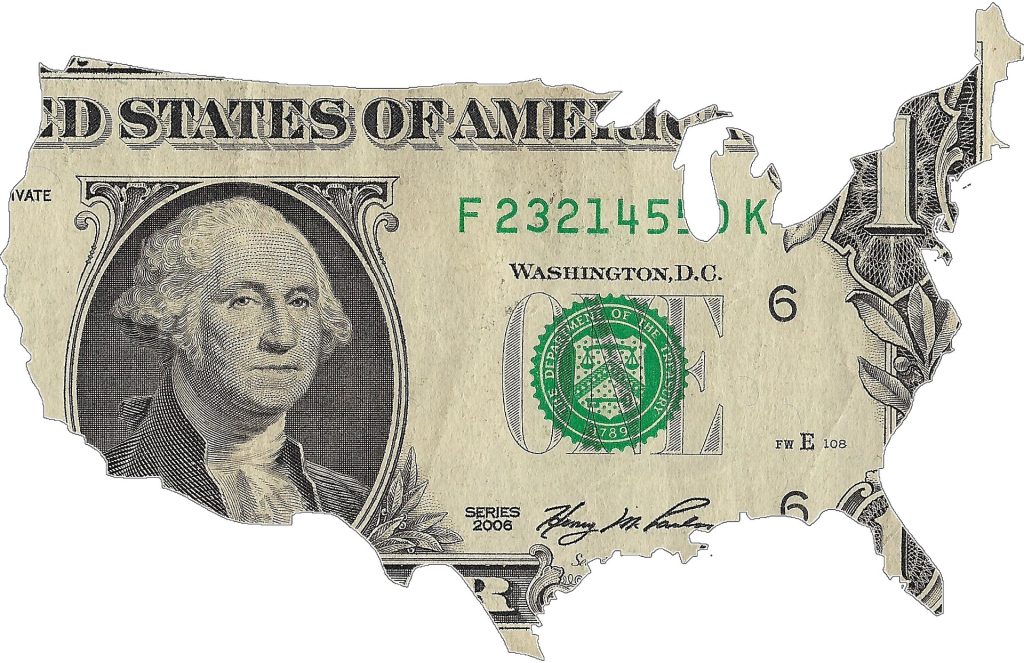The US Dollar (DXY) relaxed on Thursday, Feb 16, because of strong US economic data. Market participants, particularly traders, hauled upon other high-risk currencies after having positive signals for the global growth outlook from healthy economic data numbers.
The economic data is not so surprising after taking into consideration some recent data releases of this month. Someone following the hidden signals from the data release would also anticipate positive economic data.
In January, the US jobs data (nonfarm payroll) was released, and the employment numbers shot up by 517,000 in January itself, with improvement in some areas of the secondary and tertiary sectors. After jobs data, on this Tuesday, the US Inflation rate numbers were released; though not up to the market expectation of 6.2 percent, it has still come down marginally to 6.4 percent. On Wednesday, Feb 15, the US retail sales figures saw the light of day, and they significantly rose by 2.3 percent, with major contributors being the sales of motor vehicles and other goods.
The market participants are still worried about the Federal Reserve raising rates until they have inflation under control. The Fed is continuously raising rates and has revised its target from 4.5 percent to 4.7 percent. There is still dicey anticipation about the economy after all these positive figures, whether this uptrend will continue or is it just a one-time thing.
According to Michael Brown from TraderX, the data releases are relatively on a better front, discounting the ‘Armageddon recession’ scenario, which people were anticipating long ago. He finds it hard to digest that just one CPI and one retail sales data is abundant to make everybody believe that the sunny days of the economy are not that far away. He throws in a question that data releases might hint towards a better economy, but can the economy sustain at a rate of 5.5 percent?
Brown added that looking at the interest rate futures curve, which has already priced in a 30 basis point decrease between July and December, shows that the economy isn’t robust enough to sustain higher rates.
According to the interest rate futures market or curve, the US interest rates can go as high as 5.25 percent in the middle of the year and might cool down to 5 percent by the end of the year.
Since the start of this month, there has been an immense change of mind regarding the expectations with the US monetary policy. On Feb 1, markets were expecting the peak in rates to be around 4.83 percent in July and, after that, a decline of up to 4.5 percent in December.
Christopher Wong, a strategist at Overseas Chinese Banking Corporation, said that surprisingly better US data figures might help in the global growth path. The Chinese reopening of the economy is also a major catalyst that is yet to unfold its story. As the data releases are lined up in the upcoming weeks, any better figures in the releases can be very beneficial for the overall growth of the global economy.
Market prices
The US Dollar index (DXY) was down 0.1 percent to 103.73 from 104.11 the day before.
The Euro was up 0.2 percent to $1.07095. It is currently 11 percent higher than its September levels which were the lowest in the last 20 years.
The sterling pound (GBP) was up 0.1 percent to $1.20465. It was down 1 percent on Wednesday.
The Japanese Yen (JPY) rose 0.2 percent. Yen traders are actively waiting for a new governor for the Bank of Japan.
